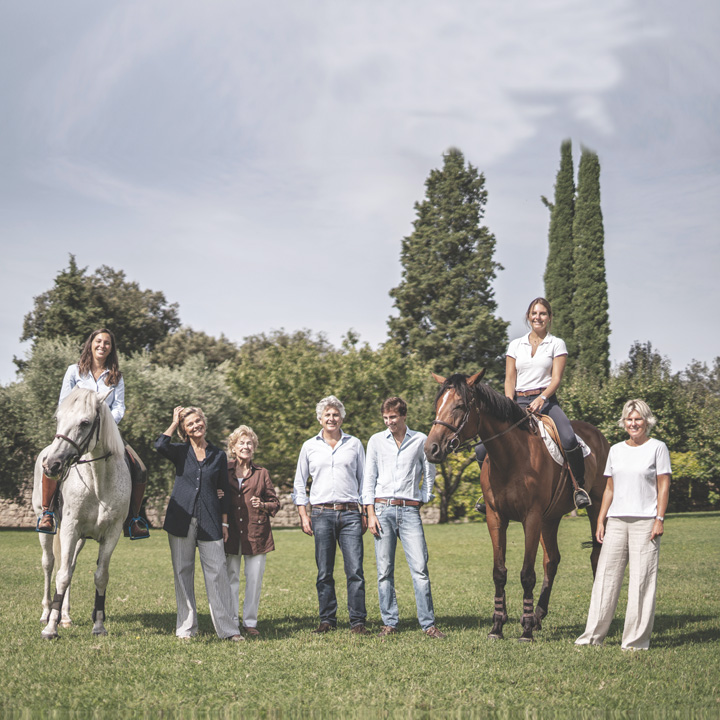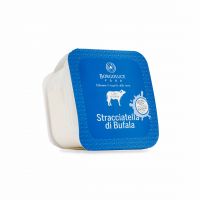
The product
Rigatoni di Farro Dicocco Semintegrale
Rigatoni produced with Farro Dicoccum grown by Borgoluce
Code:
98420
Country of origin:
Italy - Veneto
Weight:
500 g
Minimum order:
1 box with 8 pieces
| Description | Rigatoni produced with emmer wheat grown by Borgoluce, with biodynamic method, stone milled and bronze drawn |
|---|---|
| Appearance | A semi-wholemeal coloured pasta: the surface is rough and porous |
| Taste | Typical of semi-wholemeal flour |
| Curiosity | Farro Dicoccum is characterized by a low gluten content and a higher quantity of mineral salts than the common durum wheat. A product with nutritional values similar to those of traditional pasta but more digestible and with a lower glycemic index |
| Our selection | The cereal crops of Borgoluce take place in a biodynamic regime and the pasta is produced by Marco Bigolin of Mulino Terre Vive (VI). A complete supply chain followed step by step in which the link between land and food is strongly perceived |
| Suggestions | The porosity and roughness of the dough are ideal for a rich sauce |
| Ingredients | Semi-wholemeal flour of stone ground SPELLED, water |
|---|---|
| Allergens in ingredients | Cereals containing gluten and thereof |
| Weight | 500 g |
| Packaging | Packaged in a transparent bag with crushed corn cardboard |
| Storage Conditions (packaged products) | Keep in a cold and dry place |
| Instructions for use | Cooking time: 6 minutes |
| Country of origin of the primary ingredient | Italy |
| Nutrition Declaration | Energy: 1482 kJ / 350 kcal Fat: 2,8 g of which saturates: 0,4 g Carbohydrate: 65 g of which sugars: 2,4 g Protein: 13 g Salt: 0,03 g Typical value per 100 g |
The producer
Borgoluce - Susegana (TV) - Veneto

Why we chose them
Eco-sustainability is a word with many meanings: attention, care, respect for natural resources. At Borgoluce, eco-sustainability is perceived as an
asset. Borgoluce is an estate with 1,220 hectares, held by Collalto family since the XII century. An intact environment made of pastures,
woodlands,
farms, arable fields, vineyards, orchards, canals, mills, dairies. In past, this variety enabled the family to produce everything necessary for daily life.
Today, this tradition remains: it is called biodiversity. Environmental responsibility pervades every activity and is expressed in the use of renewable
sources for the agro-energy production. The energy comes from the by-products of woodlands, animal farms and plantations. Wood is burned by a
biomass boiler, while a biodigester transforms animal dung and cereal silage into biogas, producing the electric energy used in the farm and the
thermal energy that heats the buffalo sheds. Giuliana, Ninni and Caterina Collalto with her mother Trinidad and the husband of Caterina, Ludovico
Giustiniani are committed to increase the value of this land, a unique heritage in Veneto



